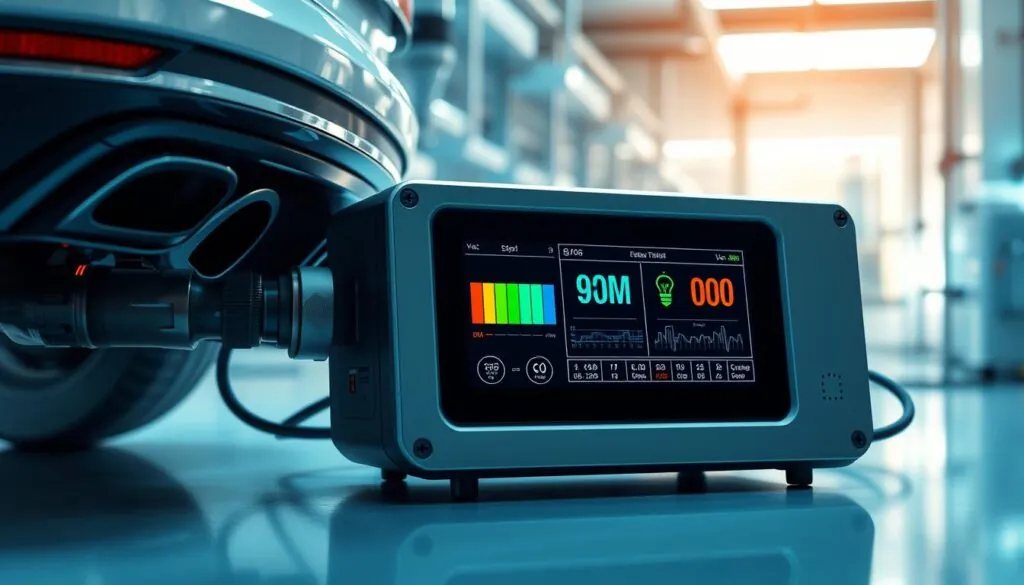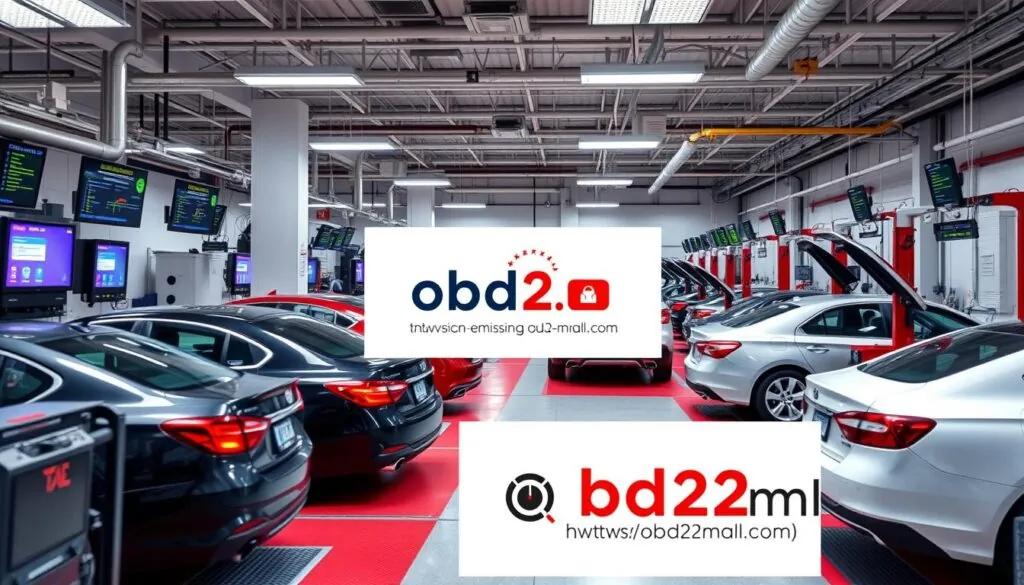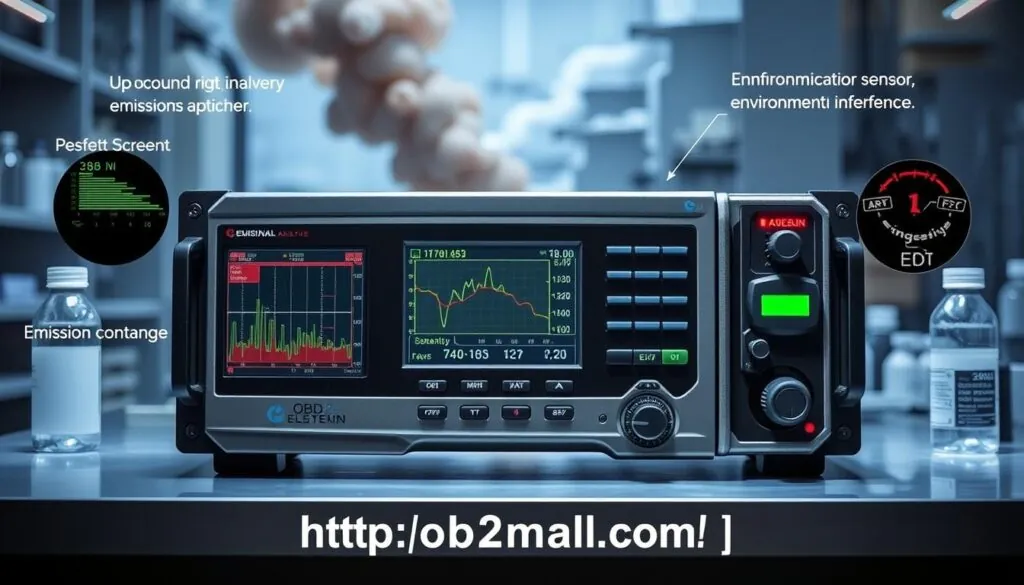Did you know U.S. industrial facilities have to keep tabs on their emissions 24/7? That’s where emissions analyzers come in—think of them as the quiet guardians of our air. These nifty tools help factories follow environmental rules, spot engine troubles, and keep pollution in check. Curious about how they do it? Let’s dive in and explore their mechanics, types, uses, and even a few quirks!
Why Emissions Analyzers Are a Big Deal
Emissions analyzers are like doctors for exhaust systems. They measure gases coming out of engines or smokestacks to make sure everything’s running smoothly. But it’s not just about following the law—they’re key for a few big reasons:
- Cutting pollution: They catch nasty stuff like carbon monoxide (CO), nitrogen oxides (NOx), and sulfur dioxide (SO2) before it spreads.
- Fixing engines: Spotting excess CO could mean your generator needs a tune-up.
- Keeping records: The EPA loves these reports, and so do businesses avoiding hefty fines.
Without them, we’d be flying blind—racking up penalties and choking on dirty air. Pretty important, right?
How Do Emissions Analyzers Work?
So, how do these gadgets actually sniff out pollutants? It’s simpler than you might think. Here’s the breakdown:
- The Probe: This little guy grabs a sample of exhaust gas straight from the source.
- Sample Line & Filter: The gas gets cleaned up and whisked away to avoid gunking up the system.
- Gas Analyzers: High-tech sensors—like infrared (IR) or electrochemical ones—figure out what’s in the mix.
- Data System: Results get logged for you to review or send off to regulators.
Quick Tip: You’ve got to calibrate these tools regularly. If you don’t, the readings can drift, and you’re left with bad data. No one wants that!
Check out this video for a closer look:

Types of Emissions Analyzers: Which One’s Right for You?
Not all analyzers are the same—there’s a flavor for every job. Here’s a quick rundown:
| Type | Best For | Downsides |
|---|---|---|
| Portable Analyzers | Quick checks in the field | Can’t handle long-term monitoring |
| CEMS (Continuous Emissions Monitoring Systems) | Round-the-clock factory watch | Pricey to set up |
| FTIR Analyzers | Tracking multiple gases at once | Tricky to install |
CEMS are the heavy hitters—think real-time stats on oxygen, CO2, and NOx. Meanwhile, portable ones are perfect for a fast checkup. Want more details? Watch this:
Where Are Emissions Analyzers Used?
These tools pop up everywhere! They’re testing car exhausts to meet tough standards like RDE and WLTP. Factories use them to stay within limits set by laws like the Industrial Emission Directive. Even air quality folks rely on them to check soil, water, and—you guessed it—air. Here’s a peek:
Benefits You’ll Love
Why bother with emissions analyzers? Oh, they’re worth it. Here’s what you get:
- Stay legal: Meet those strict environmental rules without breaking a sweat.
- Boost efficiency: Tune engines to save fuel and run smoother.
- Save cash: Catch issues early and avoid big repair bills.
- Act fast: Spot leaks quick and keep the air cleaner.
It’s a win-win for your wallet and the planet. Need proof? Check this out:
Limitations to Watch Out For
They’re not perfect, though. Emissions analyzers have some hiccups:
- They only measure: They won’t clean up emissions for you.
- Interference: Too much of one gas can mess up readings of another.
- Cost: The fancy ones hit your budget hard.
Plus, stuff like humidity or temperature can throw them off. Still, they’re a must-have—just know their limits.
Keeping Them in Tip-Top Shape
Want accurate results? You’ve got to maintain these babies. That means cleaning filters, running calibrations (think zero and span checks), and sticking to the maker’s schedule. Skip it, and you’re asking for trouble—like wrong readings or legal headaches. Calibration gases are your friends here—think CO, NO2, or methane, all tuned to tight standards. Check them every few months, and you’re golden.
What’s Next for Emissions Analyzers?
The future’s looking bright! New tech—like smarter sensors, cloud data, and machine learning—is on the way. Tools like FTIR spectroscopy are already giving us deeper insights into exhaust gases. Portable systems (PEMS) let us test on the road, not just in labs. Soon, we’ll see faster, cheaper, and sharper monitoring. It’s all about cleaner air and smarter businesses.
Key Takeaways
Let’s wrap it up:
- Emissions analyzers are vital for clean air and happy regulators.
- Pick the right type—portable or CEMS—based on what you need.
- Keep them calibrated and maintained, or you’re just guessing.
Got questions? Drop them below—I’d love to chat!



